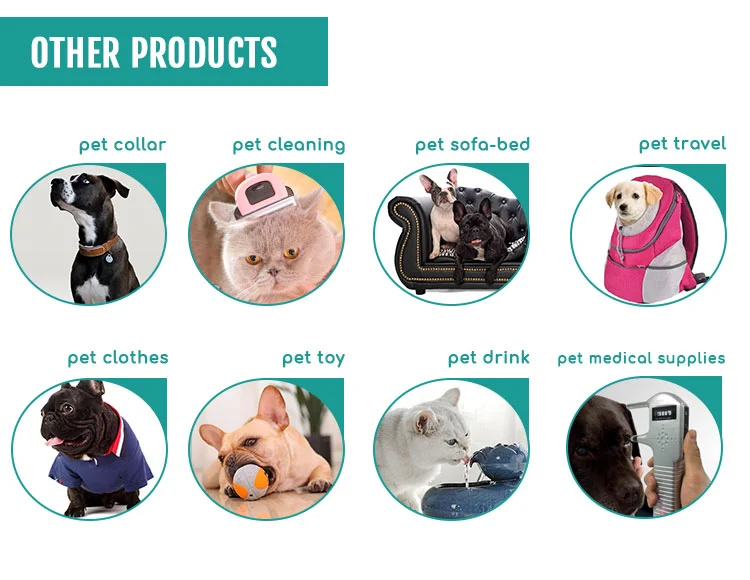Discover the Joy of White's Pet: The Ultimate Guide to Caring for Your Adorable Companion
Guide or Summary:Tank SizeTemperature and HumiditySubstrate and DecorInsects to FeedSupplementsCommon Health IssuesRegular Vet Check-ups#### Introduction to……
Guide or Summary:
- Tank Size
- Temperature and Humidity
- Substrate and Decor
- Insects to Feed
- Supplements
- Common Health Issues
- Regular Vet Check-ups
#### Introduction to White's Pet
White's pet, also known as the White's tree frog (Litoria caerulea), is a beloved amphibian that has captured the hearts of pet enthusiasts around the world. Known for their striking appearance and gentle demeanor, these frogs are not only visually appealing but also relatively easy to care for, making them an excellent choice for both novice and experienced pet owners.
#### Why Choose White's Pet?
One of the primary reasons many people opt for a White's pet is their unique characteristics. With their bright green bodies and distinctive white or cream-colored spots, they are a stunning addition to any home. Beyond their looks, White's tree frogs are known for their calm nature. Unlike some other amphibians, they are less likely to stress out in captivity, making them a great choice for families with children or those new to pet ownership.
#### Setting Up the Perfect Habitat for Your White's Pet
Creating an ideal environment for your White's pet is crucial for its health and happiness. Here are some key elements to consider when setting up your frog's habitat:

Tank Size
White's tree frogs thrive in spacious environments. A minimum of a 20-gallon tank is recommended for one or two frogs. This allows them ample space to move around and explore.
Temperature and Humidity
Maintaining the right temperature and humidity levels is vital. White's tree frogs prefer temperatures between 75°F and 85°F during the day, with a slight drop at night. Humidity should be kept between 50% and 70%. Regular misting and a water dish can help maintain these levels.
Substrate and Decor
For substrate, consider using coconut fiber or moss, which retains moisture well. Adding hiding spots, such as logs, rocks, and plants, will help your frog feel secure and mimic its natural habitat.
#### Feeding Your White's Pet
Proper nutrition is essential for your White's pet's health. They are primarily insectivores, and their diet should consist of a variety of insects. Here are some feeding tips:

Insects to Feed
Common food choices include crickets, mealworms, and fruit flies. Ensure that the insects are appropriately sized for your frog. For juvenile frogs, smaller insects are necessary, while adults can handle larger prey.
Supplements
To ensure your White's pet receives all the necessary nutrients, dust their food with a calcium supplement a few times a week. A multivitamin supplement can also be provided to promote overall health.
#### Health and Wellness of Your White's Pet
Keeping an eye on your White's pet's health is crucial. Regularly check for signs of illness, such as lethargy, loss of appetite, or abnormal behavior.
Common Health Issues
Some common health problems include skin infections and respiratory issues. Providing a clean habitat and maintaining proper humidity and temperature can help prevent these issues.

Regular Vet Check-ups
It’s advisable to schedule regular check-ups with a veterinarian experienced in amphibians to ensure your White's pet remains healthy.
#### Conclusion
Owning a White's pet can be a rewarding experience filled with joy and companionship. By creating a suitable habitat, providing a nutritious diet, and ensuring regular health checks, you can enjoy many happy years with your delightful frog. Whether you are a first-time pet owner or a seasoned enthusiast, White's tree frogs are sure to bring a smile to your face and warmth to your home.